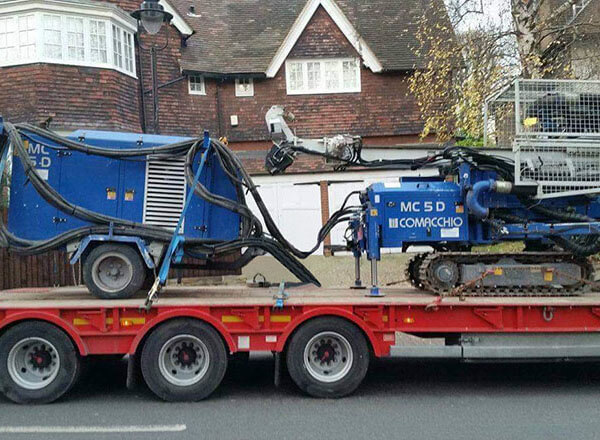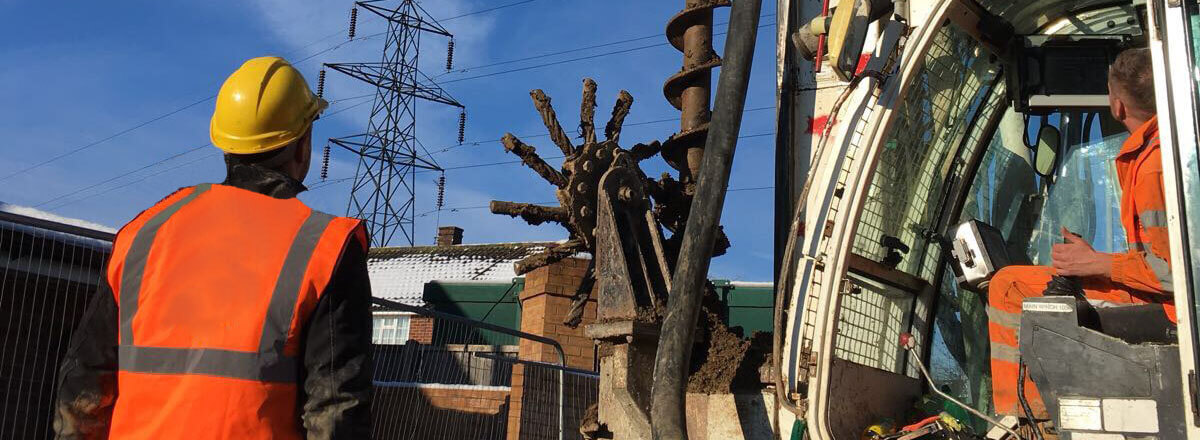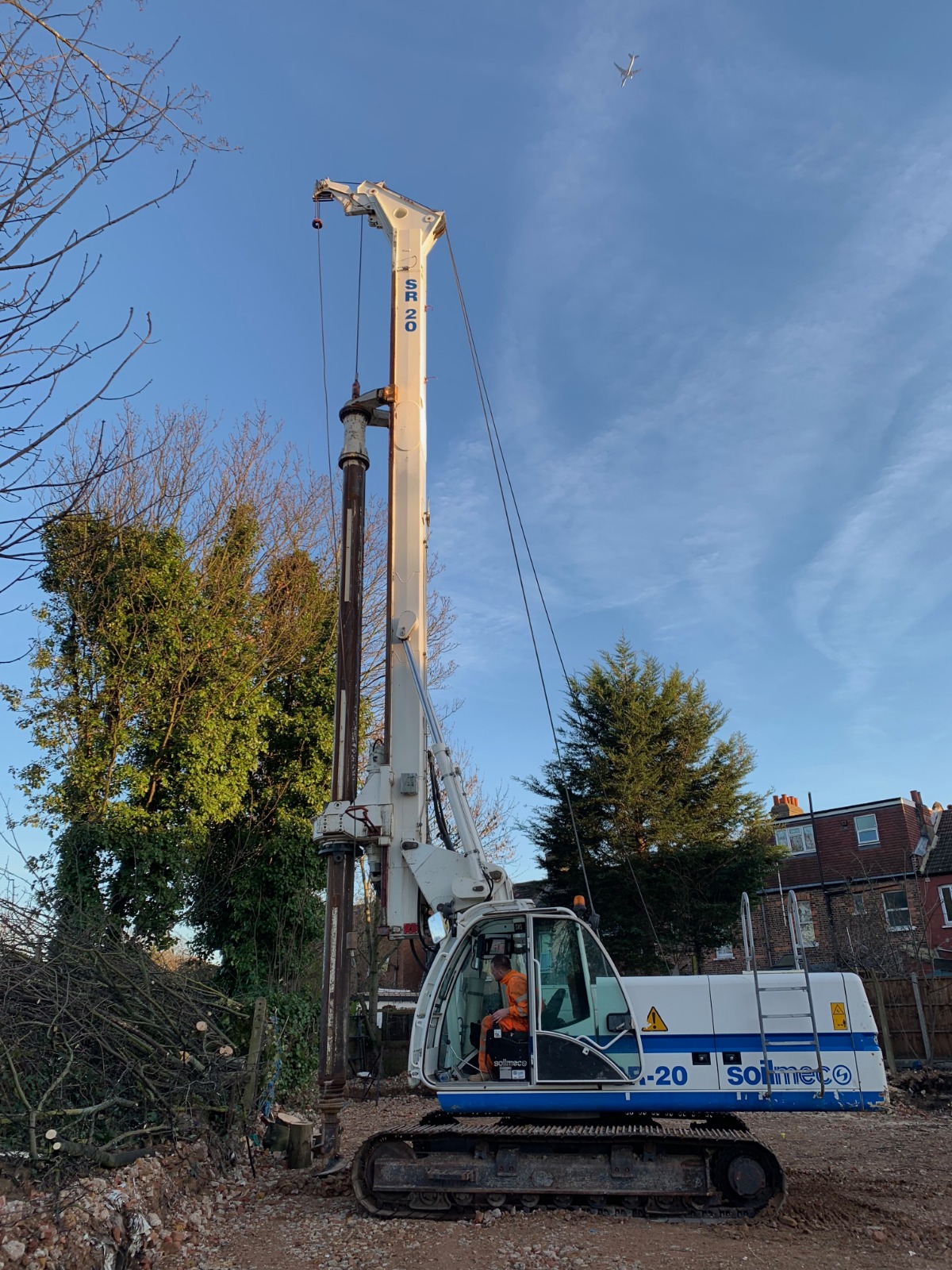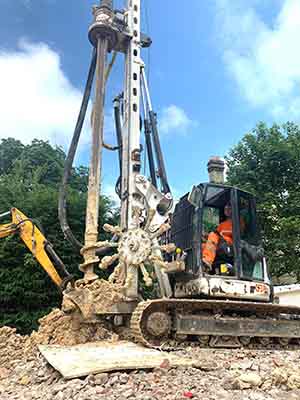If you’re planning to construct a big building with a deep foundation, then you’ll need to hire piling contractors in London to do the job right. A superstructure needs to be supported by a stable foundation that is equipped with a strong vertical structural element. These are typically heavy cylindrical posts or stakes which get placed into the foundation. That way, the superstructure on top of it can stay supported. But if you elect to skip the foundation piling process, then it will spell trouble for your structure and the workers that construct it.
Every pile is a cylinder that’s very long and made from durable material. Most cylinders are made from concrete because this is a strong material that will last for a lengthy amount of time. It is also strong enough to handle most superstructures too. Piling companies in London can recommend the best time to use their piling services. You will not be expected to know this information yourself. Just know that if you’re planning to construct a high rise or big urban building, then you will most likely need piling in London.
Foundation piling London
For instance, when you choose a site to build your structure, the piling specialists will come out and analyze the soil on the ground. If the surface has a weak soil layer on it, this indicates that it isn’t strong enough to support the structure’s weight. To resolve this issue, the heavy load of the structure goes through the weak layer and then placed onto a stronger layer underneath the weaker layer. This will be the base of the piling foundation.
There are two different variations of pile foundations. Foundation piling London. The one chosen will depend on the behavior of the structure. The first type is called end-bearing piles. As described in the example above, this is where the bottom of the pile is placed onto a strong layer underneath a weaker layer. The pile serves as a column for the structure in this case. This is what will keep the structure stable.
Friction piles are the second type of piling contractors London. Instead of placing the weight of the load onto a stronger layer underneath the ground, friction piles use the surrounding soil to gather strength. For this reason, friction piles will not go as deep into the ground as end-bearing piles. Because of this, friction piles cannot handle as big of a load as the end bearing piles. The upside is that they’re cheaper and easier to install. If you have an averagely sized structure to build that is not a skyscraper, then you can consider using a friction pile.







